This is a joint investigation by The Insider, Bellingcat and Der Spiegel
Visual evidence and photographs of rocket remnants show that many, if not all, of those fired on October 10 and 11 were Kalibr (3M-14) sea-launched, R-500 (9M728) land-launched cruise missiles for Iskander systems. and air-based type X-101. They are positioned by the Kremlin as "high-precision" weapons that only hit targets of military importance. However, since the beginning of the Russian invasion, long-range cruise missiles have repeatedly destroyed civilian infrastructure and caused the death and injury of hundreds of civilians. Either these missiles did not follow a pre-programmed flight path, or the targeting was carried out on the basis of unreliable intelligence, or, finally, the destruction of the civilian population was the true goal of the Kremlin. One way or another, those responsible for the guidance and launch of these missiles are war criminals who were well aware of the consequences of their actions. We managed to establish their names and positions.
Gunners from the Main Computing Center
Which structure in the Russian Armed Forces is responsible for determining targets and flight trajectories for guided missiles is not clear from open sources. To find the answer to this question, we analyzed data from thousands of graduates of Russia's leading military institutes specializing in rocket science and target designation, in particular, the Military Academy of the Strategic Missile Forces near Moscow and the St. Petersburg Naval Engineering Institute. Some of them, after graduation, went to work in the Main Computing Center (MCC) of the Armed Forces – this sounds like exactly the place where they can calculate the trajectories of guided missiles, although there is not much information in open sources about the MCC. It is noteworthy that all these rocket men who entered the service in the Main Computer Center are registered as living and working at Znamenka, 19 in Moscow – that is, at the official address of the General Staff of the Russian Armed Forces.
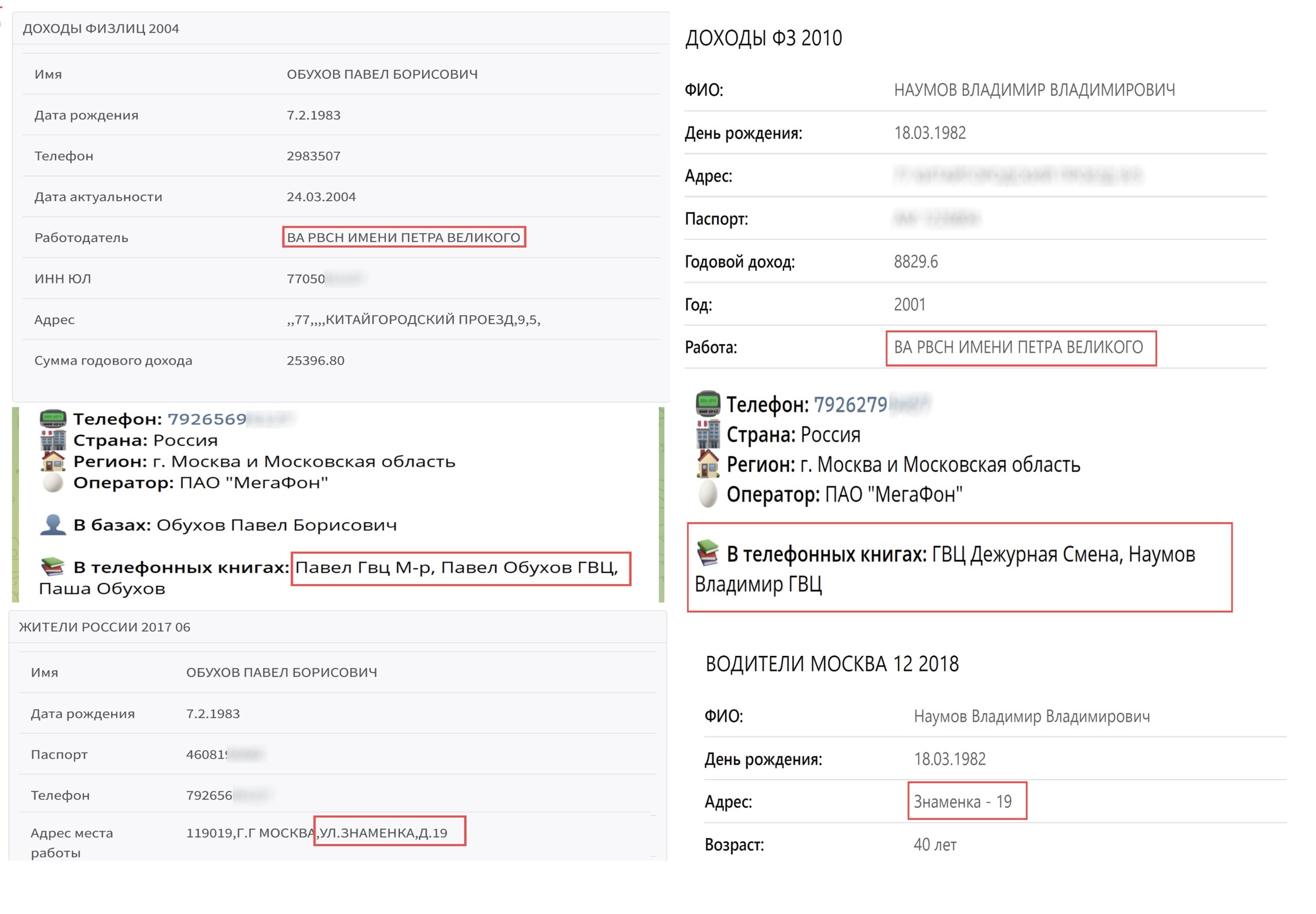
Officially, the functions of the MCC are described in military publications as "providing IT services" and "automating" the Armed Forces. Despite its long history ( founded in 1963 ), this institution is rarely mentioned in the Russian media. Most of those employees of the Main Computer Center whose biography we were able to study graduated from either the Academy of the Strategic Missile Forces (in particular, its branch in Serpukhov) or the Naval Engineering Institute. Some of them previously served in the military as officers or naval engineers in the navy. Others had previous civilian work experience as corporate IT or even game designers.
Assuming that the connection of the MCC with the guidance of guided missiles is very likely, we decided to test this hypothesis and studied the metadata of telephone conversations of the head of the center, Major General Robert Baranov. An analysis of his calls from February 24 to the end of April 2022 showed that each time before the launches of cruise missiles (which are known from open sources), he received calls from one specific number, which, as we determined, belongs to Colonel Igor Bagnyuk, registered at the same address , as well as other well-known officers of the Main Computer Center, on Znamenka, 19. Then we studied the metadata of Bagnyuk’s calls and found his intensive communication with more than 20 military engineers and IT specialists from the Main Computer Center. Based on clusters of repeated calls, we reconstructed a team of 33 military engineers reporting to Colonel Bagnyuk.
In addition, by analyzing this data, we were able to link many individual cruise missile strikes to specific MCC units and found a correlation between missile type and specific MCC personnel.

The MCC unit we have identified consists of three teams, each of which programs the flight trajectories of one specific type of high-precision missiles: ZM-14 ("Caliber" , sea-based), 9M728 (aka R-500 , tactical missile systems "Iskander" ( ground-based)) and Kh-101 (air-based).

"I work on a pig farm!"
When The Insider began contacting the gunmen using the phone numbers from the billing they received, they all admitted that these phone numbers belonged to them, but categorically denied that they worked in the Main Computing Center and had anything to do with the shelling of Ukraine.
For example, one of them admitted that his name was Sergey Vladimirovich Ilyin, but stated that he was “self-employed” and worked as a plumber: “I have nothing to do with any calculations, except for those that are needed for plumbing work.” Lieutenant Artem Vedenov, answering the number that we found in the billing, did not deny that he was Artem Vedenov, but stated that he worked at a pig farm and did not have any valuable data: “I don’t mind talking to you, but what can I do for you tell me how to cut pork? Or how to pluck chickens? Captain Yuri Nikonov said that he is a bus driver and information about his work in the computer center is "some kind of nonsense." Major Ivan Popov said that he was just learning to program in Python, he didn’t know about any computer center, and it was pointless to ask him about guided missiles: “It’s like I would ask you about ballet now, do you understand?” Lieutenant Ekaterina Chugunova replied: “I have a flower shop. You are definitely wrong."
When The Insider showed some of the gunners a photo of them standing in military uniform with a computer center sign, it left them completely confused. So, for example, Vladimir Vorobyov also at first declared that he had nothing to do with the Main Computer Center, and when they showed him a photo in uniform, he answered with a mysterious phrase: “I see it for the first time in my life. Especially in the form of…”
One of the engineers agreed to share with us, on condition of anonymity, some contextual information and several photographs of the route-computing block of the MCC in front of the building of the Ministry of Defense in Moscow.
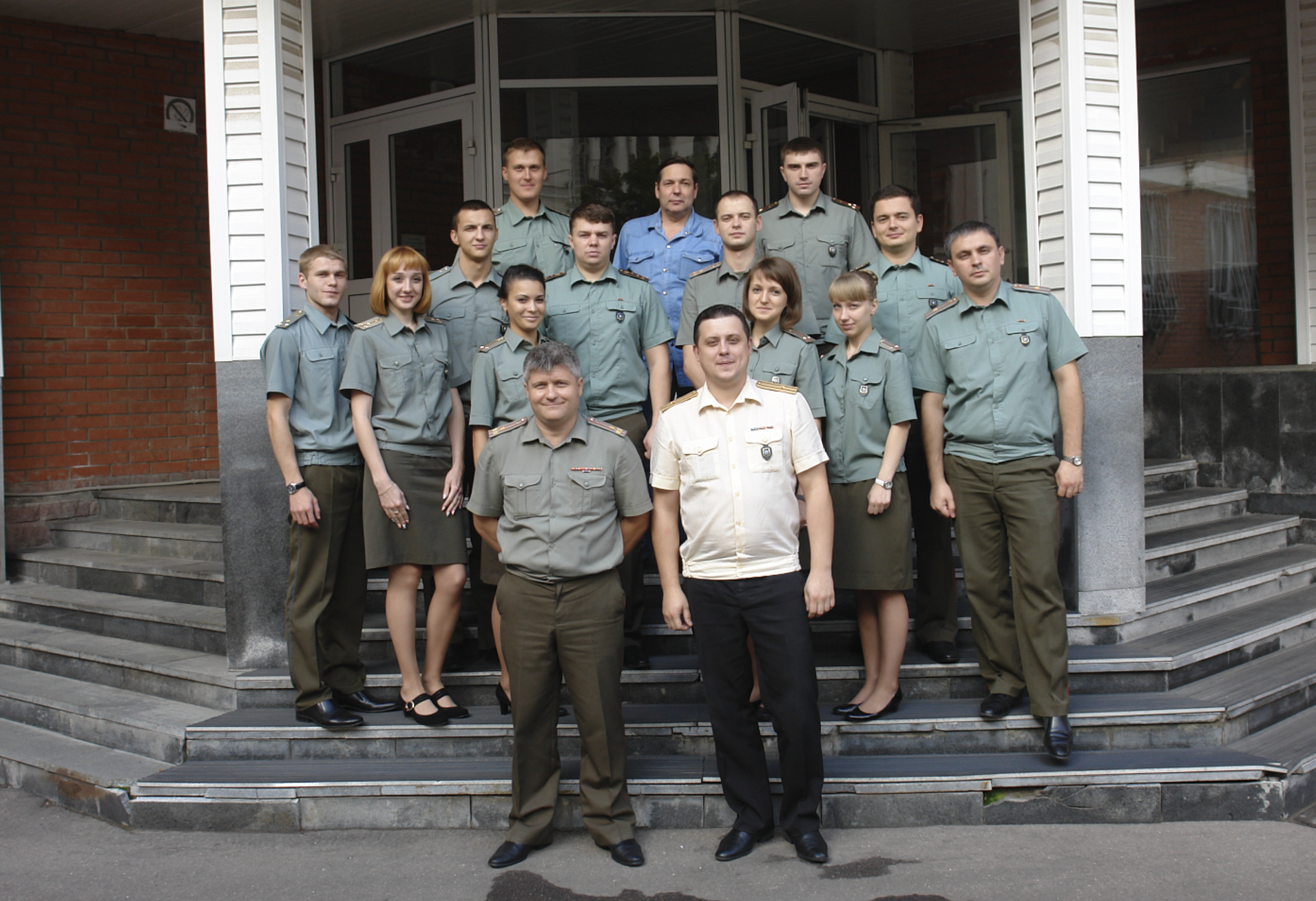
According to Bellingcat, this photo was taken in the courtyard of the Ministry of Defense building on Znamenka:
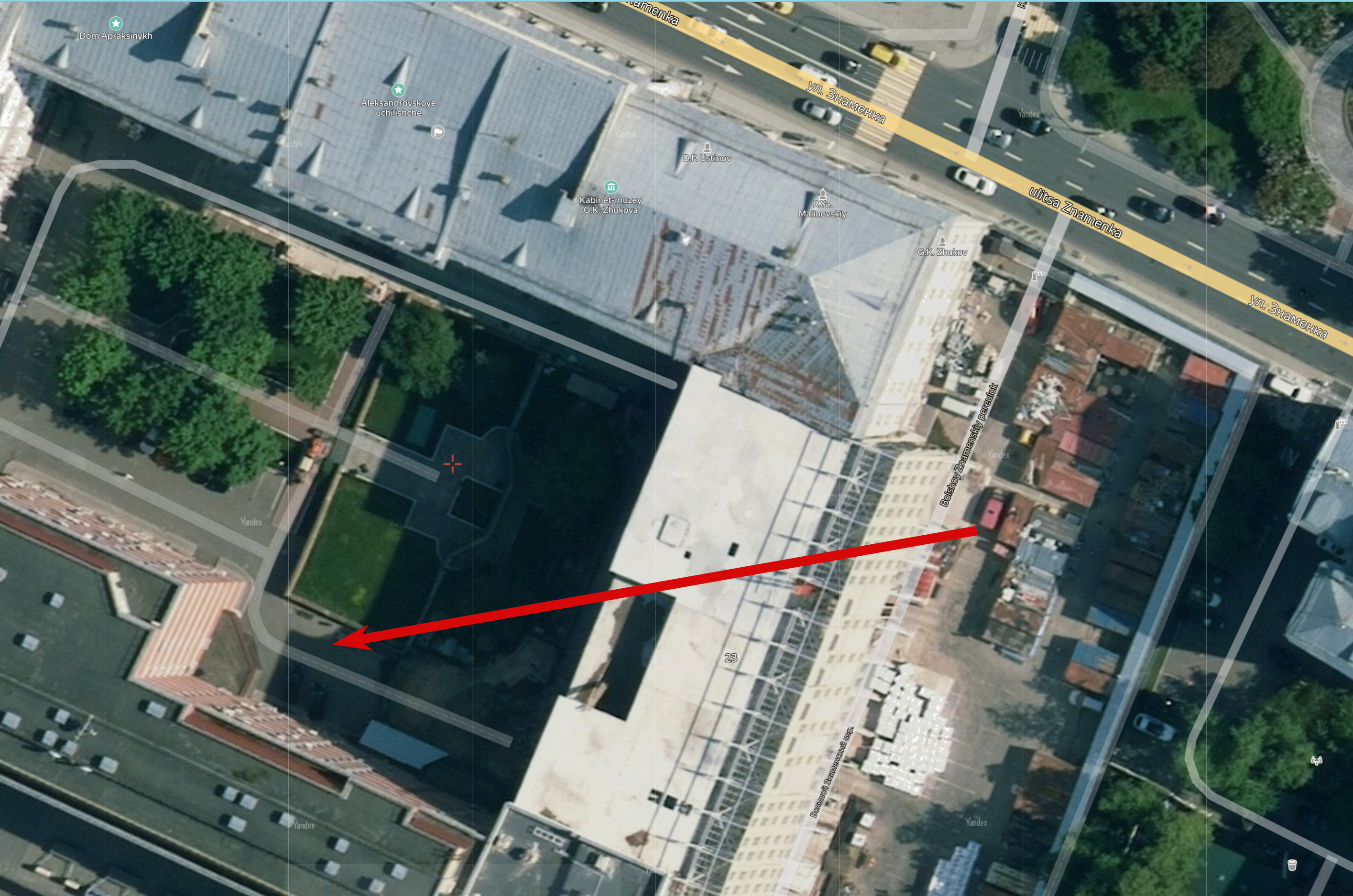
Biographies of killers
Military engineers who program guided missile trajectories have very different backgrounds. This includes both people who have served their entire career in the army or navy, and subsequently received a military engineering specialization, as well as young people recruited from civilian professions, usually associated with IT.
The direct commander of the MCC missile guidance unit is Colonel Igor Bagnyuk. Born in 1982 in Riga, he graduated from the Serpukhov branch of the Academy of Strategic Missile Forces in 2004, specializing in information systems for Russian missiles. Bagnyuk served in military unit 29692 (2027th aviation technical warehouse) near Vladimir, until at some point, no later than 2010, he was transferred to Moscow to serve in the Main Computer Center.
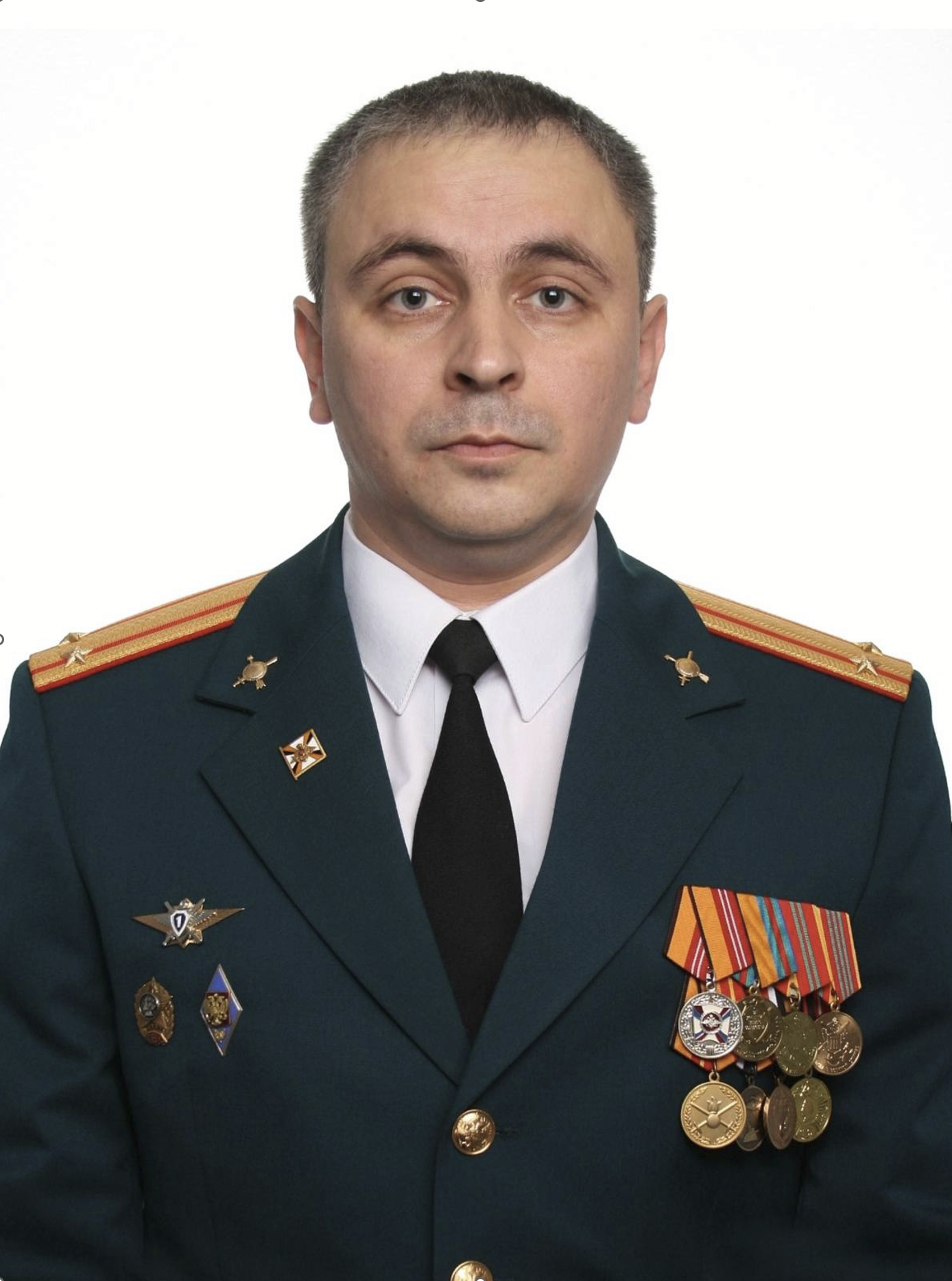
In his photograph, obtained from one of the employees of the Main Computer Center, it is clear that Bagnyuk was awarded the medal "For participation in hostilities in Syria." This medal has been awarded to Russian military personnel since 2015 (Russia has repeatedly used guided missiles in Syria, for example, during attacks on Aleppo in 2016).
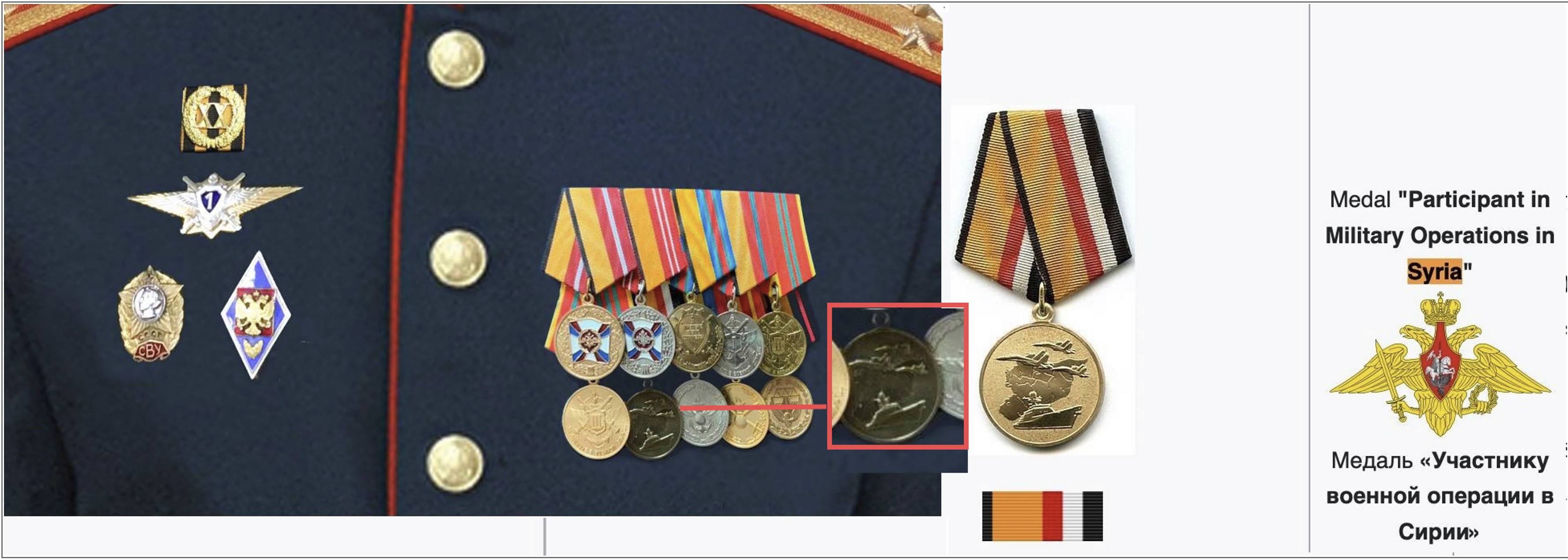
Bagnyuk is not the only employee of the Main Computer Center who distinguished himself in Syria. For example, in a photo published by the Kremlin of a meeting between Vladimir Putin and Bashar al-Assad in Damascus in January 2021 at the Russian military command center in Syria, one can see Major Andrei Ivanyutin, a member of the MCC unit with whom Bagnyuk has been actively communicating during the current war.
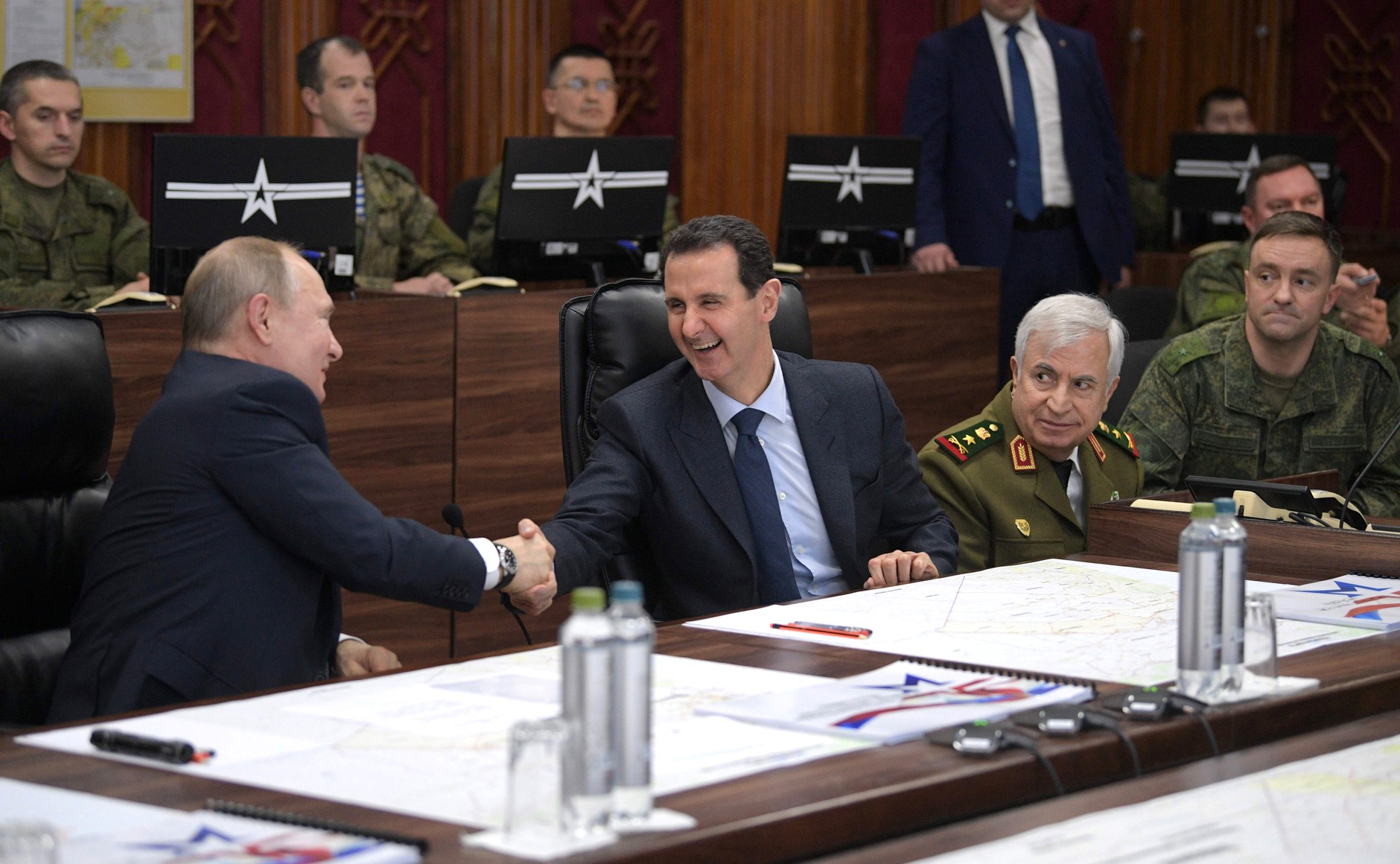
Many of the MCC officers are IT specialists who have worked in ordinary private companies. Among them, for example, Matvey Lyubavin is one of the key subordinates of Colonel Bagnyuk, judging by the number of telephone conversations. Lyubavin was born in 1992, graduated from the Nakhimov Naval School in St. Petersburg in 2009, and then graduated from the Naval Engineering Institute in St. Petersburg in 2014 with a degree in IT Automation for Special Purpose Systems.
After graduating from university, he worked as an IT specialist for two banks and a pharmaceutical company. For several years he led the life of an ordinary Muscovite, traveled abroad, commented on the latest Hollywood news on Twitter, and even showed a civil position: he retweeted Pavel Durov’s statement that Telegram was not going to share data with the state, supported the Active Citizen movement and became a member "Smart voting" (his phone is in the merged UG database).

By 2020, Lyubavin was already working at the Main Computer Center. According to his own resume, posted on a freelance job site in March 2022, he received a commendation from the President of Russia. It is curious that after the outbreak of the war, Lyubavin apparently believed that his main job at the Main Computer Center did not prevent him from working in the field of copywriting and editing – in fact, the “diversely developed intellect” with “critical thinking” and “stylish syllable" (whatever that means).

Chronology of the assassination
Telephone records of Bagniuk and his subordinates a few weeks before the October 10 strikes show an increase in call activity from October 2, peaking on October 9. At the same time, on the last day before the strikes, 11 calls were made to the gunners. Until October 2, there were no calls for about two weeks, which is also consistent with the absence of reports of the use of cruise missiles. This suggests that planning for the October 10 strike began about a week earlier, consistent with intelligence received by the Ukrainian authorities. It also implies that the attack on the energy infrastructure of Ukraine could not be the result of the blowing up of the Kerch bridge in Crimea on October 8, 2022.
On October 9, just before the missile strikes began at 3:00 pm, Bagnyuk phoned in succession three engineer officers from the MCC group, each specializing in one of three types of cruise missiles. At 15:17, Bagnyuk called Captain Aleksey Mikhailov, a member of a subgroup specializing in ground-based missiles for Iskander complexes. A few minutes later, he called Major Matvey Lyubavin, one of the senior engineers of the Kalibr sea-launched missile subgroup. He called Lyubavin on a landline work phone – this shows that he was at the workplace on Sunday afternoon.
After an almost two-hour pause, Bagnyuk received a call at 17:10 from one of the deputy commanders of the Main Computer Center, Colonel Yevgeny Kapshuk. Immediately after talking with the chief, Colonel Bagnyuk called Senior Lieutenant Olga Chesnokova, a member of a subgroup specializing in Kh-101 air-launched cruise missiles. Bagnyuk called Chesnokova twice in a row at 17:16 and 17:17, and then called back his superior Colonel Kapshuk at 17:20. Thus, between 15:17 and 17:17, Colonel Bagniuk contacted the officers of each of the units, specializing in three types of missiles that would be launched against targets in Ukraine the next morning.
Bagnyuk then made his way from his country house on the outskirts of Moscow to his office at 19 Znamenka Street, the headquarters of the General Staff. Cell tower metadata shows that he remained at work until late at night. The last time he called the head of the Main Computer Center, General Baranov, was at 21:15, after which he left for home. Bagnyuk returned to work at 5:30 am on October 10.
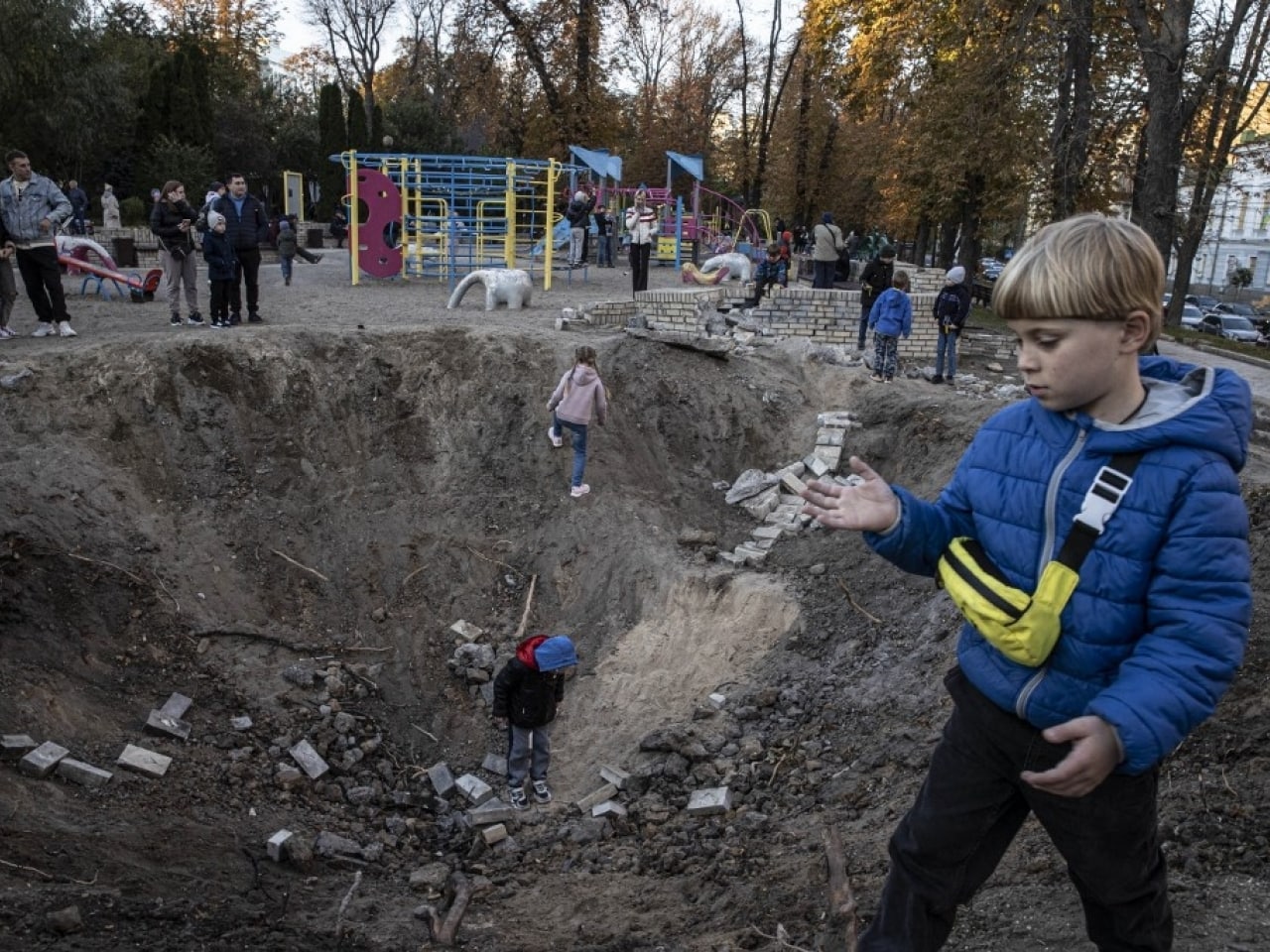
Bagnyuk rarely calls his commanders – Lieutenant General Baranov and Colonel Kapshuk. A review of his calls to the top leadership of the MCC shows a connection between these calls and the impending large-scale missile attacks.
For example, the last time before the October shelling, Bagnyuk spoke with General Baranov on September 10 at 12:41. After Baranov's call, Bagnyuk was in the office at 19 Znamenka Street. The last call Bagnyuk made at 21:20 that Saturday evening was to Captain Aleksey Mikhailov, a cruise missile guidance specialist for the Iskander complex. The next day, Sunday, September 11, the Russian Defense Ministry reported that over the past 24 hours, Russia had launched several Iskander missiles at a Ukrainian military base in Donbas. Later that day, Russia launched 12 more cruise missiles — six Kalibr maritime missiles and six air-launched Kh-101s — at Ukraine in what was the first known attempt to cause significant damage to Ukraine's energy infrastructure.
The next day, September 12, 2022, Bagnyuk flew to Rostov, near the border with Ukraine, his phone's metadata show. On the night of September 12-13, a new flurry of calls was recorded in his telephone records. Between midnight and 2 a.m., he spoke four times with his superior, Colonel Kapshuk, and called Major Matvey Lyubavin and Captain Alexei Mikhailov twice each. The next day, the Russian Defense Ministry published a video recording of the night launch of the Iskander cruise missile at the command post of the Armed Forces of Ukraine.
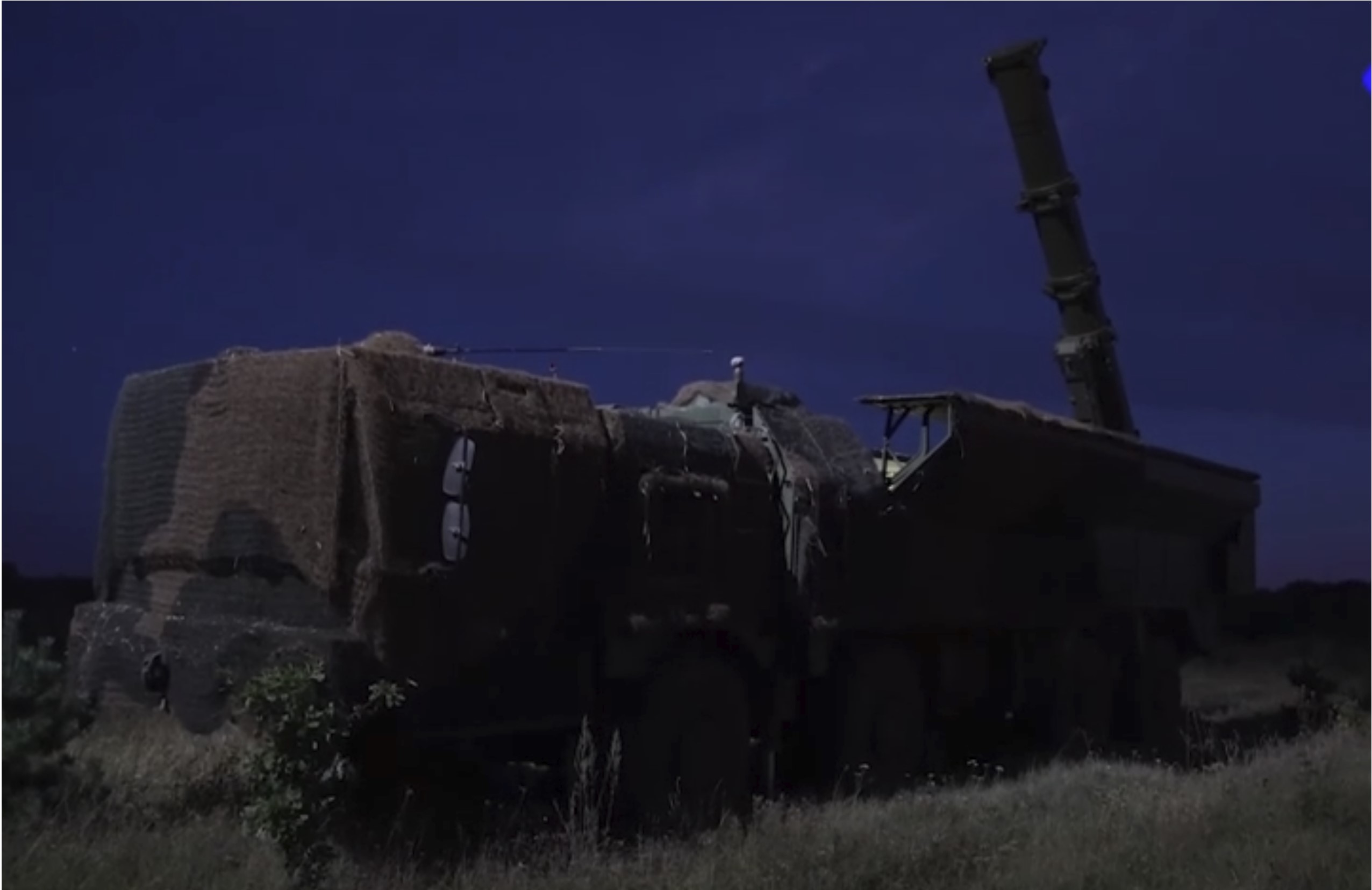
Later that day, on September 14, Russian aircraft fired several X-101 cruise missiles at the waterworks of Krivoy Rog, leaving parts of it without water for several days.
The earliest calls between Bagnyuk and General Baranov, identified by our team, date back to March 13, 2022. They spoke twice that morning between 10:00 and 10:30. Earlier this morning, Russia fired its deadliest salvo since the start of its invasion, with 30 Kh-101 and Kalibr missiles killing at least 35 and injuring 134 at a military training ground near Lvov.
Surprisingly, the massacres of civilians in Ukraine have become a completely routine matter for officers from the Main Computer Center, in any case, Bagnyuk’s calls show that on the same morning when Russia began shelling in October, as if nothing had happened, the first thing he did was write off a site for the sale of coins (Bagnyuk is an avid numismatist), and his colleague Major Roman Kurochkin, at the same hours when guided missiles fall on playgrounds, is bargaining with prostitutes about the price of services (The Insider managed to get access to his account on a dating site, where he spends half of his working time, registering under the name Sergey):

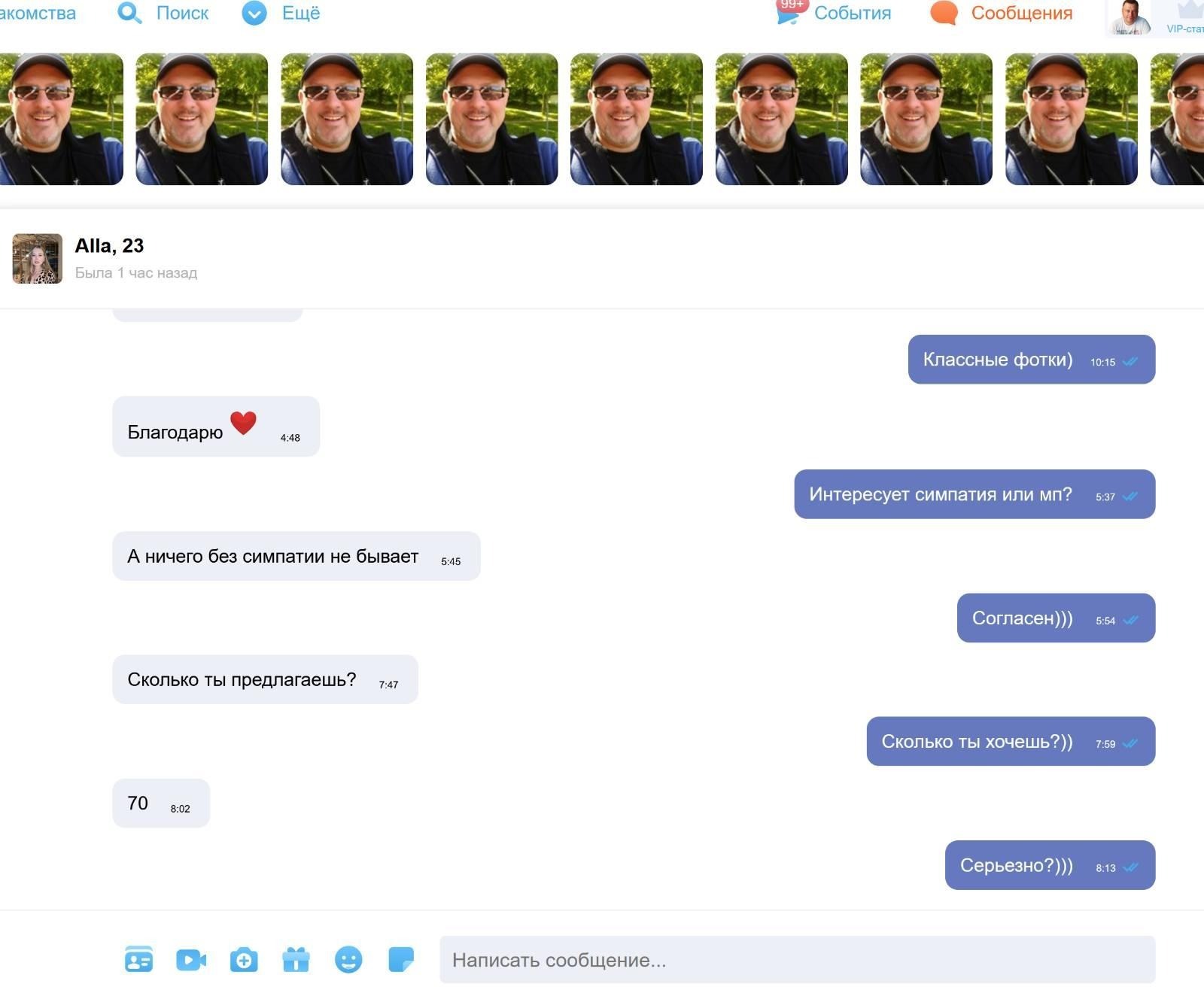
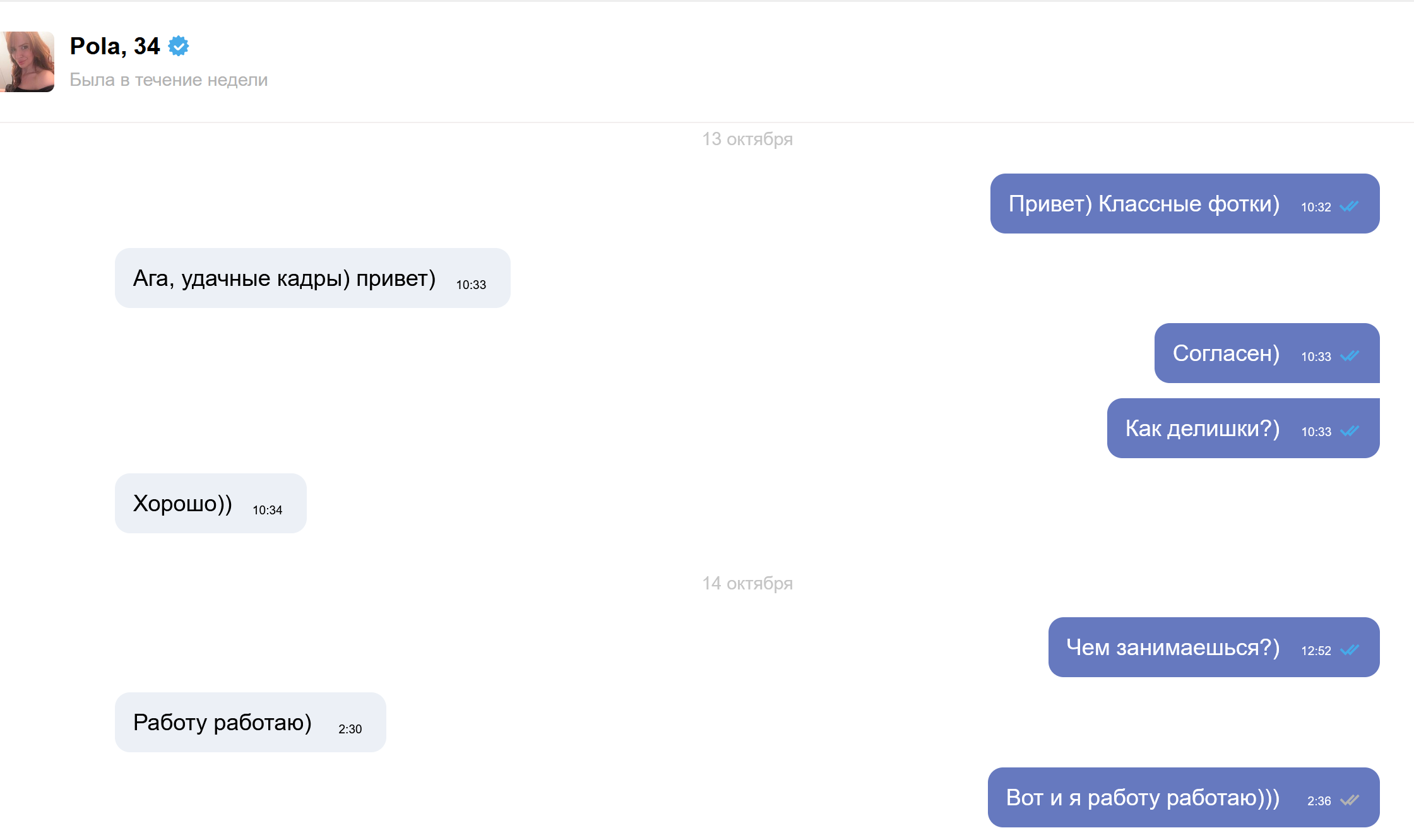
What missiles and how are they launched in Ukrainian cities
Russia has been trying to develop modern long-range precision weapons since the 1990s, but only in recent years have cruise missiles come into service en masse, capable of hitting targets behind enemy lines from safe distances.
The main examples of such weapons are:
– cruise missile 9M728 (R-500) for ground-based Iskander complexes
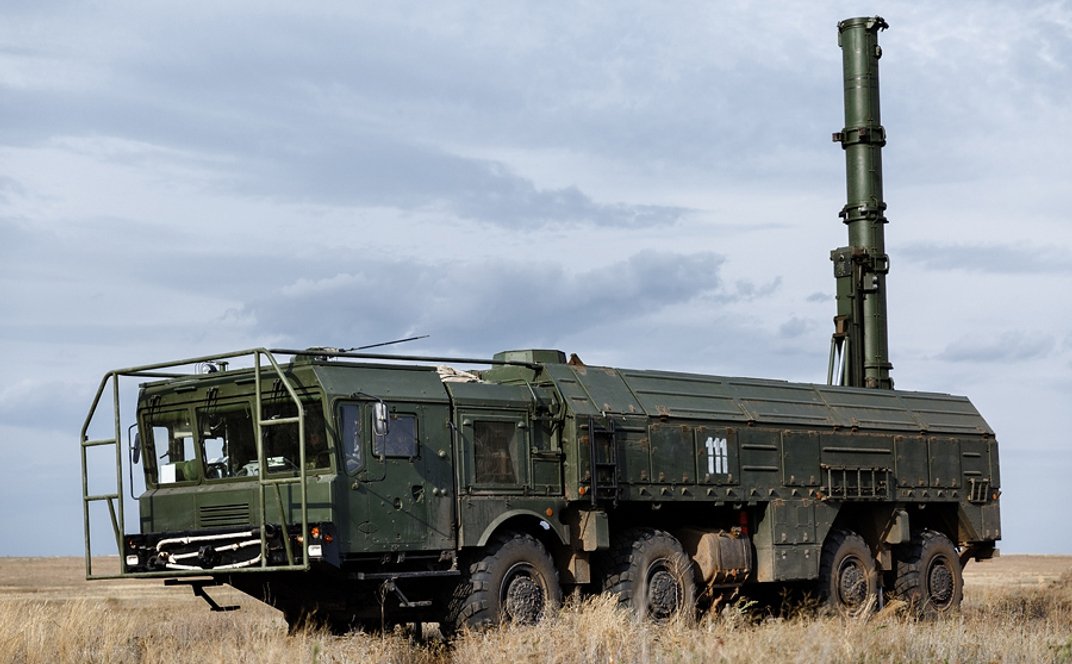
– sea-based cruise missile 3M-14 of the Caliber family
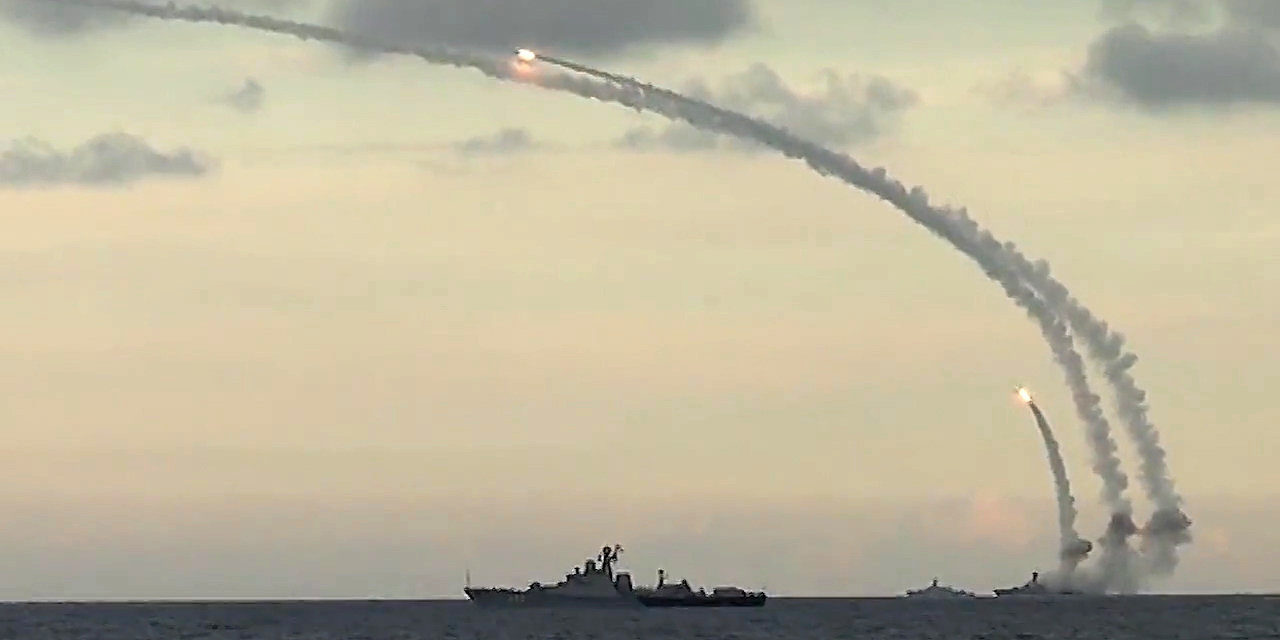
– air-launched X-101 air-launched cruise missile
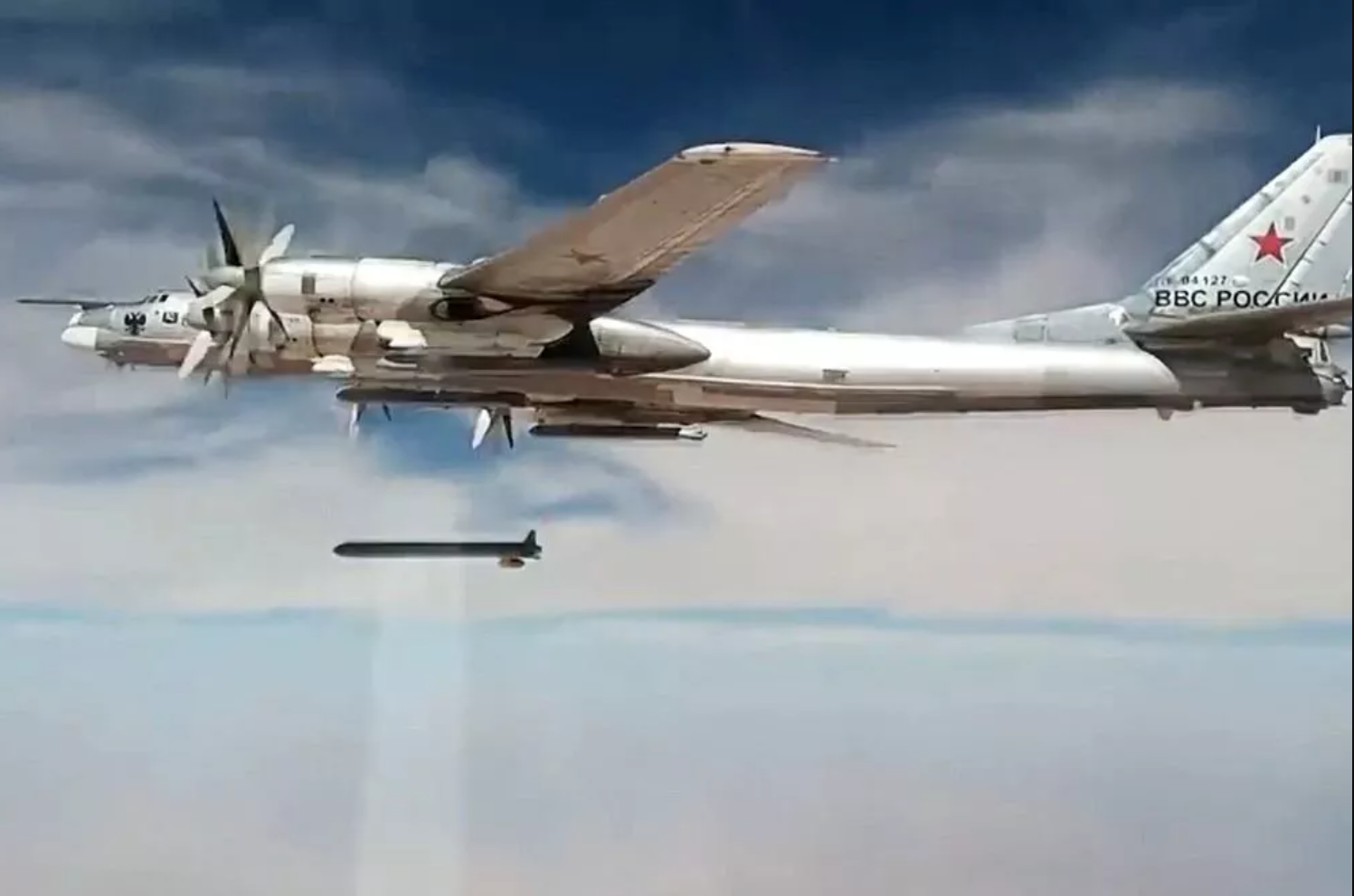
The data on the use of these missiles indicate that their “precision” is somewhat exaggerated: very often either the missile misses its target, or technical failures and failures occur and it falls where necessary. The question of in what percentage of cases it hits civilian objects not because of a miss, but simply because such a target was identified for it, remains open.
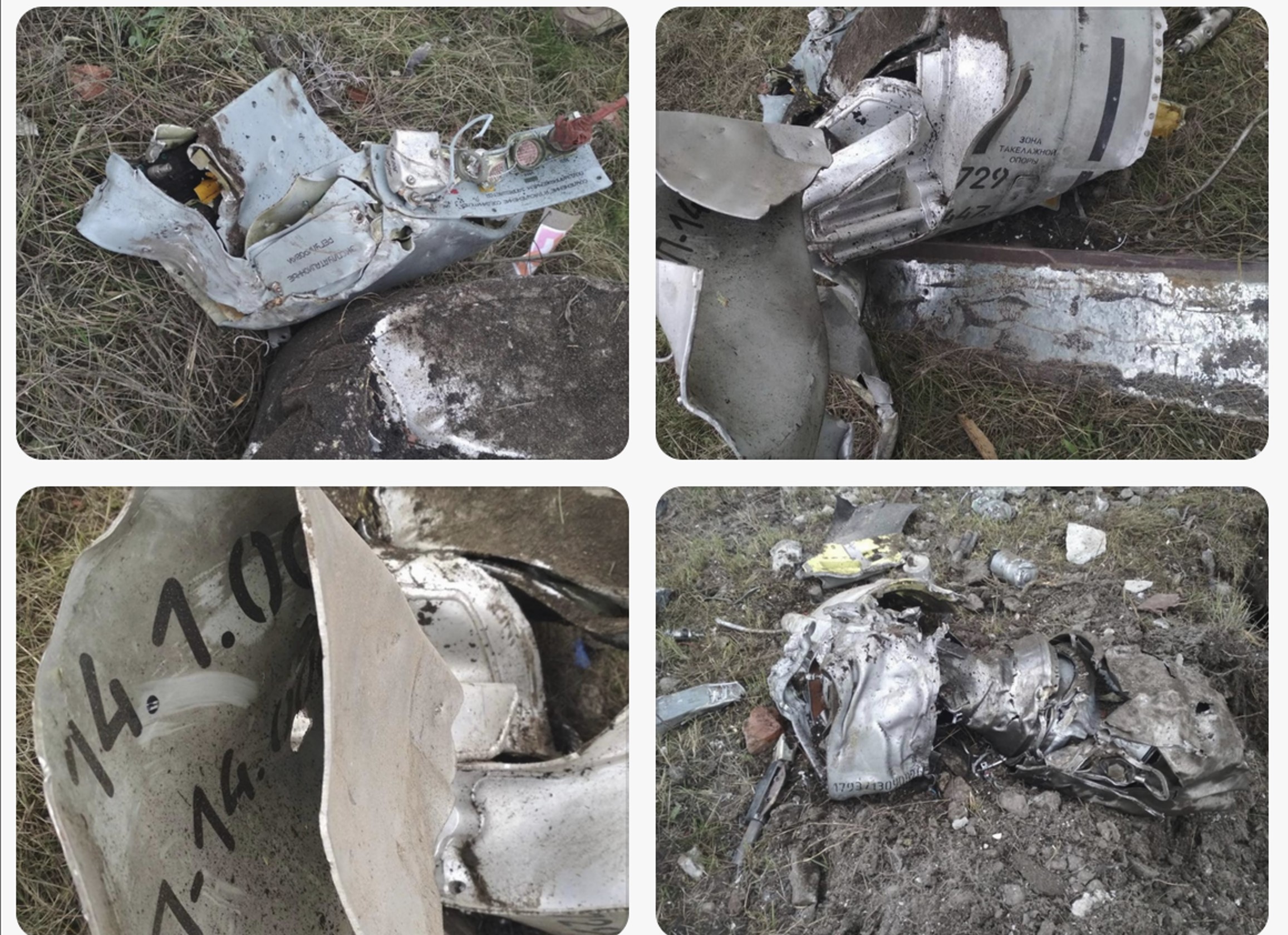
An important role in missile guidance is played by navigation systems, in which homing heads and navigation sensors correct the flight course in accordance with a pre-planned route. The route consists of navigation points (that is, course correction landmarks determined by sensors and allowing you to compare the characteristics of the terrain over which the missile flies with a pre-planned course), zonal air defense evasion and the final phase: navigation in the target zone and recognition of the target. For all this, several layers of data are used.
The input data consists of various maps and terrain models, reliefs and object descriptions. They are entered into the databases of various branches of the Armed Forces, one of which is the GRU satellite reconnaissance system. Once all the data is collected, the computers must calculate the flight path, which in turn is uploaded to the cruise missile before launch.
Обычно заранее запланированный маршрут полета хранится на больших съемных носителях памяти, вроде защищенных USB-накопителей, которые обычно передаются вооруженными курьерами в специальном чемоданчике. Получают эти данные либо часть ВМФ с кораблями и подлодками, оснащенными пусковыми комплексами для ракет «Калибр», часть ВКС с самолетами, способными нести крылатые ракеты, либо армейские ракетные части с ОТРК «Искандер».
Расчет полетных маршрутов производится на специальных станциях в нескольких секретных военных подразделениях, где военные инженеры, некоторые очень молодые и потенциально перспективные программисты становятся ключевыми действующими лицами, позволяющими Путину вести агрессивные войны. Их анонимность придает им ощущение безнаказанности и позволяет не чувствовать персональной ответственности за убийство десятков мирных жителей. Это расследование призвано избавить их от этого ощущения.



